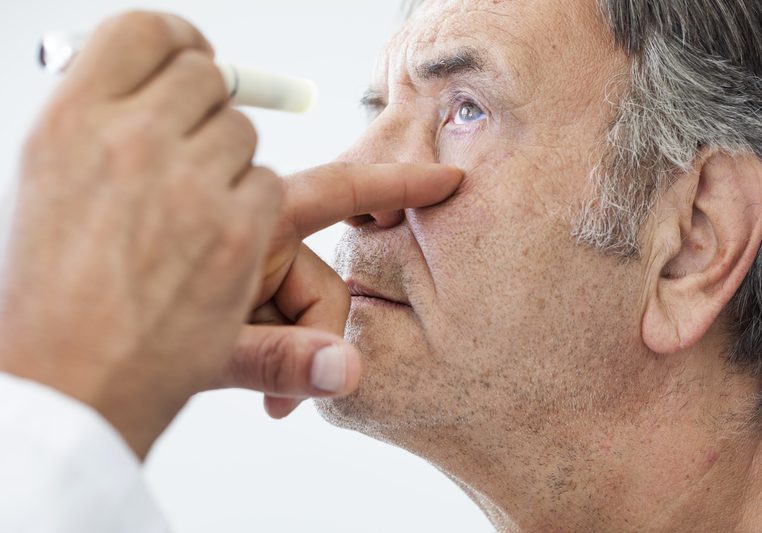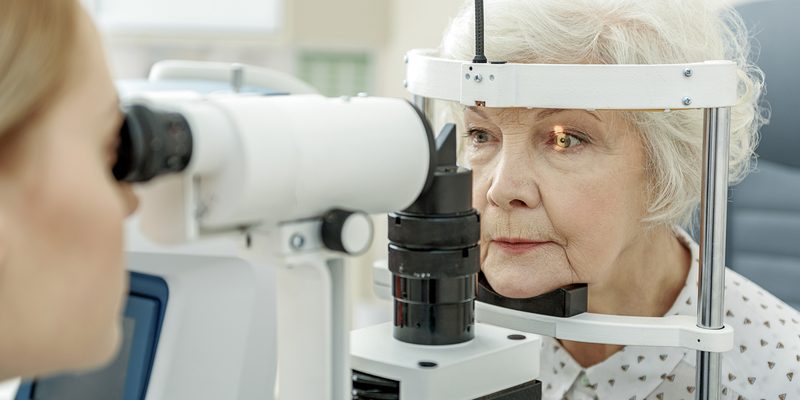Liverpool Dry Eye Clinic
Do your eyes often feel dry or irritated? Do certain activities, like reading or working on the computer, make your eyes feel scratchy? Are you wearing your contact lenses less and less because they become uncomfortable? If you answer “yes” to any of these questions, you may have what eye care practitioners and doctors call dry eye syndrome. It’s a common problem, but you don’t have to live with it.
The term “dry eye” is generally self-explanatory–eyes that aren’t fresh, moist and comfortable, however some people complain of watery eyes, which often are what we call dry eye.
The problem affects many people, but women and people who wear contact lenses are particularly susceptible.
The condition is related to the quantity and quality of your tears, which can be affected by numerous factors. Some possible causes include: diseases, such as acne rosacea, hormonal imbalance, eyelid abnormalities, medications, such as antihistamines, decongestants , and exposure to air pollution or other environmental factors.
Your eyes can become dry in centrally heated or air-conditioned rooms and on airplanes. Long stretches working at a computer can dry your eyes because you don’t blink as often as normal.
How can you tell if you have chronic dry eyes? Common signs and symptoms include:
- Discomfort: Your eyes burn, sting, feel gritty or are sensitive to light.
- Foreign body sensation: You feel as if you have something in your eye.
- Redness: Bloodshot eyes always indicate a problem. Sometimes, it’s dry eye.
- Fatigue: Your eyes seem to tire easily, especially when reading, watching television or using a computer.
- Uncomfortable contact lenses: If you have mild to moderate dry eye, you may not know you have a problem until you try to wear your contact lenses, which can upset the delicate balance of tear production and distribution. People with dry eye sometimes stop wearing their lenses, but they may not need to. Relief is usually available.
If you think you have dry eyes, talk to us. We will ask you specific questions about your health history and your environment. We can perform some simple tests to determine your tear volume and composition.
If redness and irritation are accompanied by itching and watering, allergies may be to blame.

Common Eye Conditions

Glaucoma
Glaucoma is a gradual loss of peripheral vision leading to tunnel-like vision and even blindness. It causes damage to the optic nerve where it leaves the eye to carry visual information to the brain.
Glaucoma is the second most common cause of blindness. When left untreated, most types of Glaucoma progress towards a gradual worsening of irreversible, visual damage, often without any warning or symptoms.
Up to 50% of affected people are not even aware they have it. There are actually several types of glaucoma but the vast majority of cases are termed ‘primary’ as they occur without a known cause. Some forms do occur at birth but it generally appears in people aged 40 and over and it frequency increases with age along with other risk factors such as racial ancestry, family history and high myopia.
Although irreversible, early treatment or surgery can halt or slow down the disease and early detection is therefore essential. Regular eye exams are recommended and a family history of glaucoma will entitle you to a free NHS test if you are over 40.

Age-Related Macular Degeneration (AMD)
AMD is a painless eye condition that causes you to lose central vision, usually in both eyes Central vision is what you see when you focus straight ahead. In AMD, this vision becomes increasingly blurred, which means: reading becomes difficult, colours appear less vibrant & people’s faces are difficult to recognise. This sight loss usually happens gradually over time, although it can sometimes be rapid. AMD doesn’t affect your peripheral vision (side vision), which means it will not cause complete blindness.

Cataracts
Cataracts cause glare and halos around lights, night driving problems, blurred, cloud, filmy or fuzzy vision. It is normal for the lens inside the eye to change with age. With most people, the lens gradually becomes less clear and not as much light is able to pass through. This is one of the reasons why people often need stronger light for reading as they become older. Because of this, more light is scattered within the eye which can result in greater sensitivity to bright light. The lens can even become cloudy, which is known as a cataract. Cataracts are mostly found in people over the age of 70. Hundreds of thousands of people undergo successful treatment each year for cataracts. Treatment is not always necessary and usually depends on how much the cataract is interfering with your vision.

